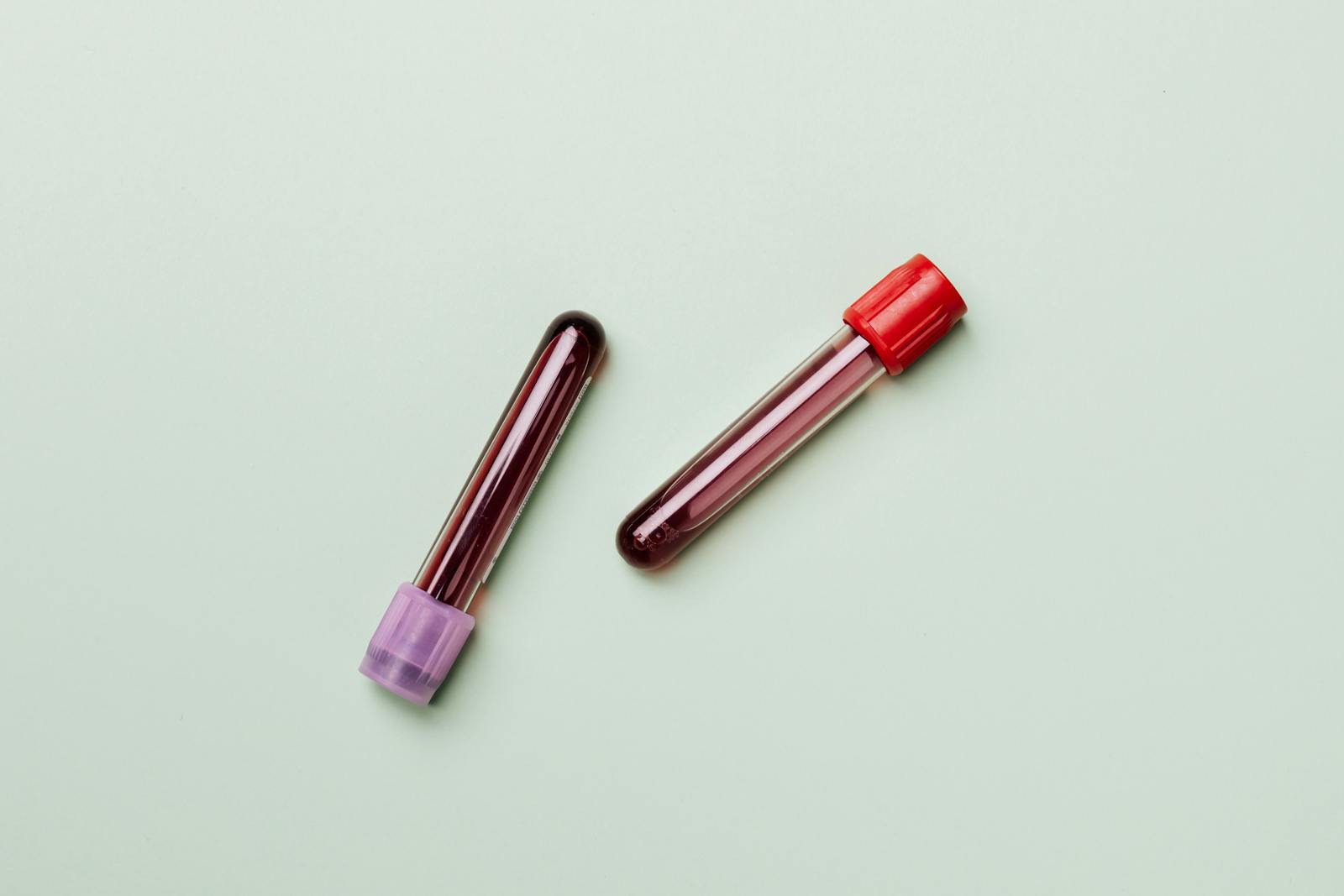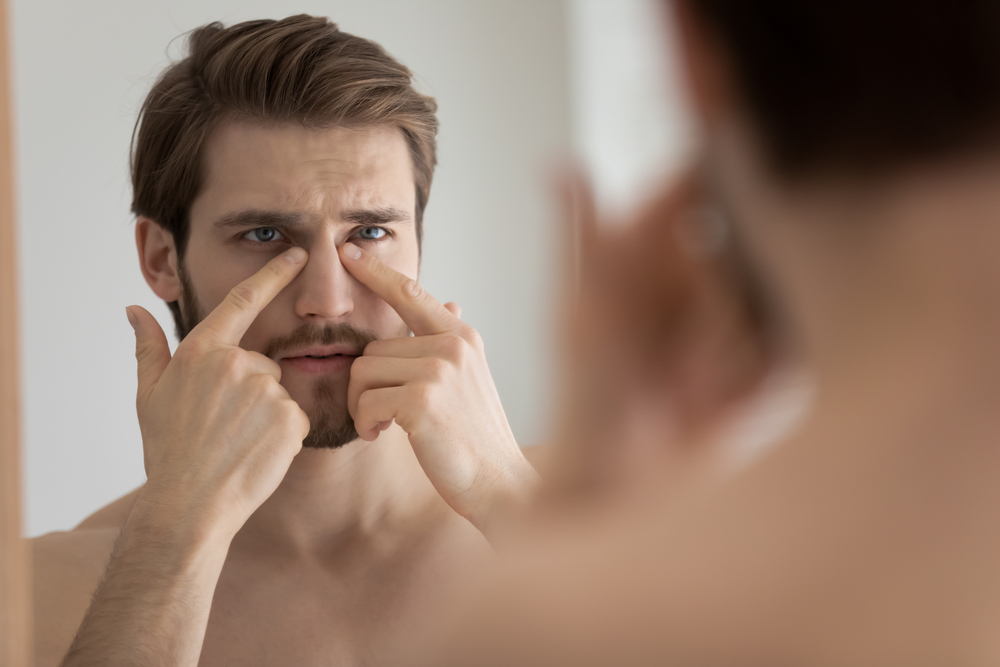As part of plans to further grow the business into 2022, Cambridge Stratum is leading the charge in revolutionising tattoo removal, as it gears up to take the Picosecond laser mainstream at a fraction of the price.
When compared to the industry standard Nanosecond machines, Picosecond lasers have always been dubbed a ‘rich clinics toy’ due to its hefty price tag. With prices of Picosecond lasers often soaring way beyond £100,000, justifying the investment over a Nanosecond has always been a challenge for many professionals – until now.
In a bid to make the Picosecond laser more accessible to practitioners across the country, Cambridge Stratum is introducing the Stratum Pico300 and Pico500 to the market. Starting at just £40,000, the Stratum Pico 300 breaks down the price barrier, finally making Picosecond lasers more accessible to the masses.
John Culbert, Managing Director at Cambridge Stratum says: “There has always been a great deal of discussion within the industry since the introduction of picosecond lasers. When compared to a good Nanosecond machine, the Picosecond’s value has always come under question due to price difference, which was always hard for most HCPs to justify.
“The Stratum Pico 300 changes the game – not just for tattoo removal, but also for pigmented lesion removal and skin rejuvenation due to its 20x diffraction array lens. It shatters ink particles quicker, and more effectively than the nanosecond machines, which results in less risk of damage to the skin.”
Hailed for effectiveness, Picosecond lasers are the optimum in tattoo removal, and represent the current state of the art technology in the field.
John continues: “In this industry, the power of a laser device is often overlooked in favour of fluence, when what we should really be focusing on is power. Fluence is simply a measure of how much energy (heat) is being delivered in one pass, which tells us nothing about its overall effectiveness.
“To effectively shatter tattoo particles, the illuminated side needs to be heated at a rapid rate, while the dark side is kept cool. As the pigment is heated, it becomes unstable which eventually causes it to shatter. More power results in deeper pigments and colours being shattered, and our Picosecond lasers offer a better advantage for this due to their wavelength spread.
“The higher the power level, the stronger the shockwave; therefore any colour within range can be shattered. The faster each particle is broken down also results in less exposure skin exposure and a more effective treatment for patients.”
The Stratum Pico300 and Pico500 machines offer up to 16x more power for the same fluence as a 5ns Q switch laser and produce a stronger, photo acoustic effect, which shatters particles of any colour in a short space of time. In addition, the 20x diffraction array lens turns the Stratum Pico 300 into a multi-function device for skin resurfacing and skin rejuvenation.
John says: “Operationally, the Stratum Pico 300 could not be any easier. Its user-friendly interface features a clear, and simple to understand Android touch screen that displays the status of the machine settings, including the spot size, and wavelength in use.”
It also accordantly displays energy, fluence and pulse rate detected directly by the machine, reducing the risk of operator errors.
John continues: “This machine really will make waves in the industry, especially with the demand for tattoo laser removal lasers on the rise. Since lockdown has ended, we have the demand for laser tattoo removal devices increase significantly, particularly those looking to invest in state-of-the-art picosecond technology. This is reflected in clinics we service, as well, with an influx of patients enquiring about tattoo removals.”
One such user is Lou Sommeroux, Clinic Director at Cosmex Clinic, who has reported a steep rise in patients seeking treatment to remove unwanted body art post lockdown.
Lou says: “Tattoo removal is becoming more and more requested at the clinic, particularly male patients. Many are seeking to remove name tattoos or reduce or erase previous artwork that’s no longer wanted. Since lockdown ended, more patients are making enquiries about laser tattoo removal whether it’s because they simply dislike it, or they are seeking a change.
“For a long time, some patients have thought laser tattoo removal was ineffective against coloured tattoos, but that is simply not the case with the Pico 300. In the past, less powerful devices struggled to breakdown colour pigment, but the Picosecond lasers allow us to effectively breakdown all colours, on all skin types. Faster treatment times and happier patients – it’s a great investment for clinics like ours.”
Cambridge Stratum evolved from the founders’ need to source a broad range of aesthetic and medical equipment for their own use that is world class in performance, with uncompromising build quality and safety.
All of the equipment offered through Cambridge Stratum is either CE or Medical CE approved as appropriate, and all products have been verified as suitable for the UK.
John concludes: “With the dramatic rise in multicolour tattoos we are seeing a trend towards higher specification lasers that can remove a wider range of tattoo colours. Our customers also want sophisticated lasers that can do this without causing damage to the skin.
“The increase in the used of multiple colour tattoos and the need to treat pigmented lesions are two drivers in the trend towards shorter pulse lower fluence fast Q switch and picosecond lasers. We’re delighted to be bringing Pico mainstream and ensuring clinics across the country are offering the very best treatments using technology that’s both effective and fairly priced.”
For more information on Picosecond lasers and the Stratum Pico300, visit www.cambridgestratum.com












